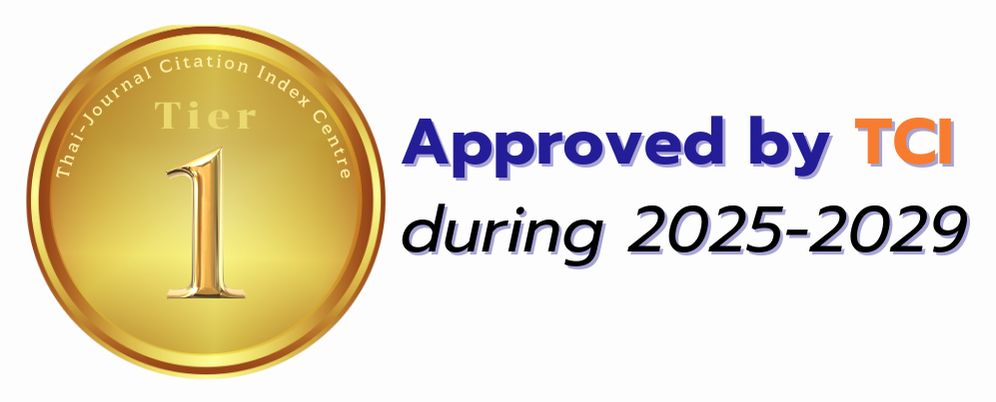Estimating Aboveground Biomass of Grass in Prescribed Burning Areas at Eastern Thung Yai Naresuan Wildlife Sanctuary, Tak Province
Keywords:
tropical grassland, aboveground biomass of grass, C:N ratio of grass, grassland managementAbstract
The objective of this study aimed to compare the aboveground biomass (ABG) and the proportion of carbon and nitrogen of grasses between before and after prescribed burning treatment at different ages in the grassland at Thung Yai Naresuan Eastern Wildlife Sanctuary. Sample plots, 1 m ? 1 m, for collecting ABG were randomly set up with total 260 plots. The results showed that the total amount before prescribed burning of ABG of the plants in the area less than 2 and 4 months and 12 months (mean ? SE) were 134.68 ? 15.03, 205.15 ? 17.70 and 398.81 ? 29.70 g.m-2, respectively. The ABG of all plants after burnt was decreased and significantly different (p <0.05) between grass ages. The younger grass ages (2 and 4 months) had low ABG than older grass age (12 months) which value was 1.17?0.14, 1.59?0.17 and 3.03?0.26 ton.ha-1, respectively. Contrasting results were found in the ratio of carbon and nitrogen (C: N ratio), percentage of nitrogen and the amount of coarse protein. They had significantly different (p <0.05) between grass ages which younger grass ages (2, 3 and 4 months) had higher value than old age (12 months). Indicating younger grass ages with less than 4 months after burnt had more nutritious value for wildlife than older aged (12 months). Thus, prescribe burning system should establish in the wildlife sanctuaries to promote the carrying capacity for sustainable wildlife management, particular food resources.
Downloads



.png)





